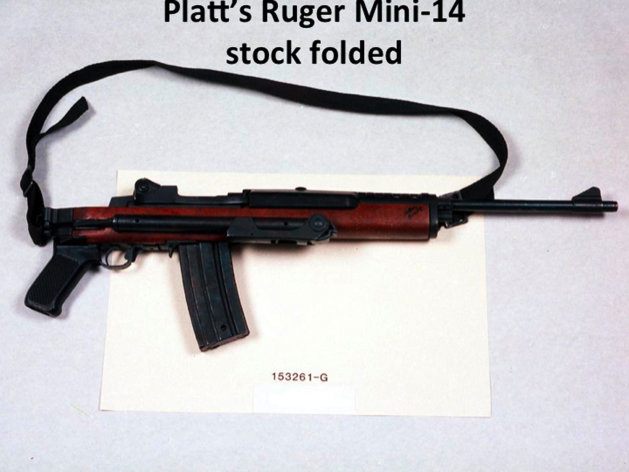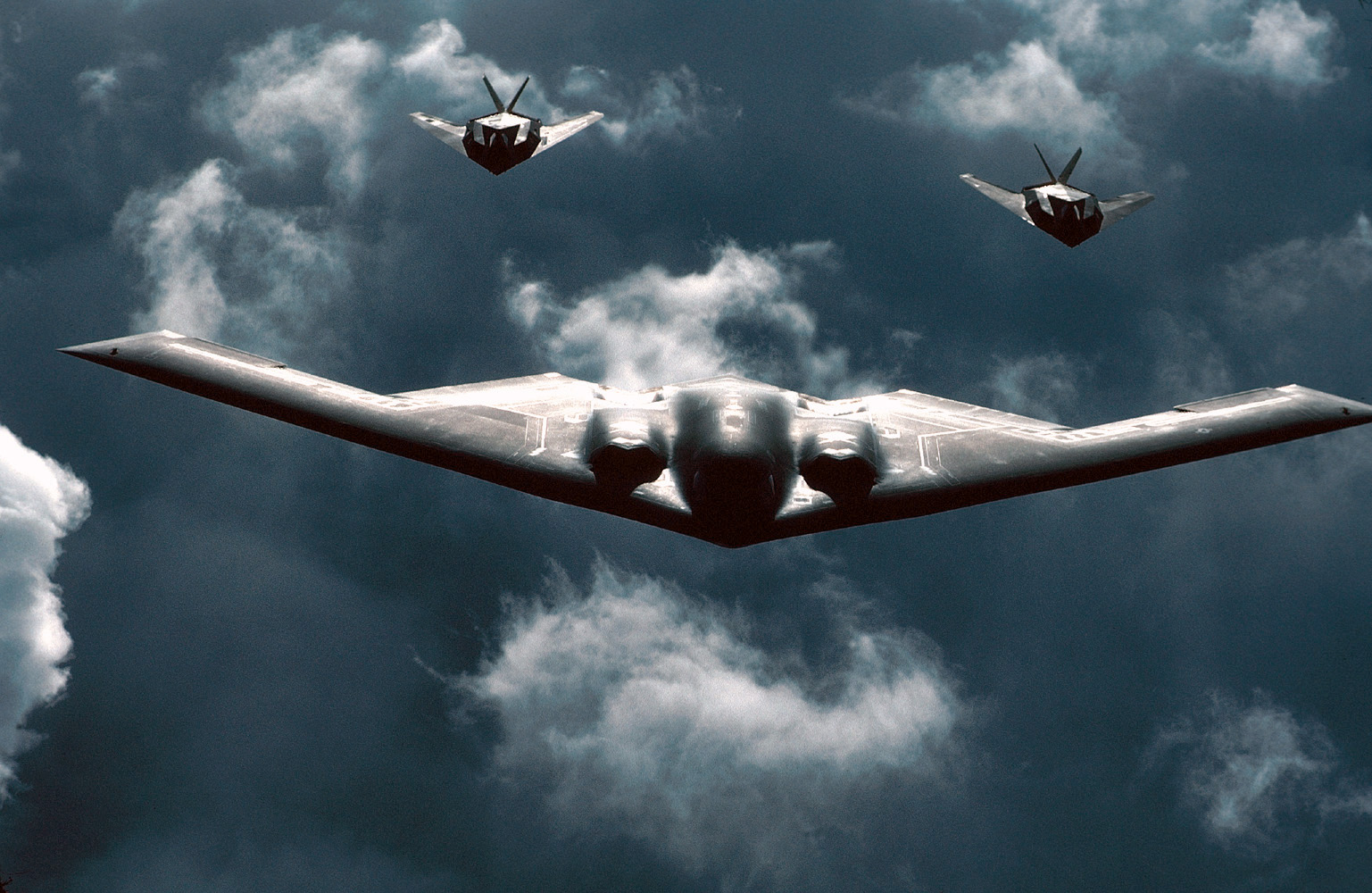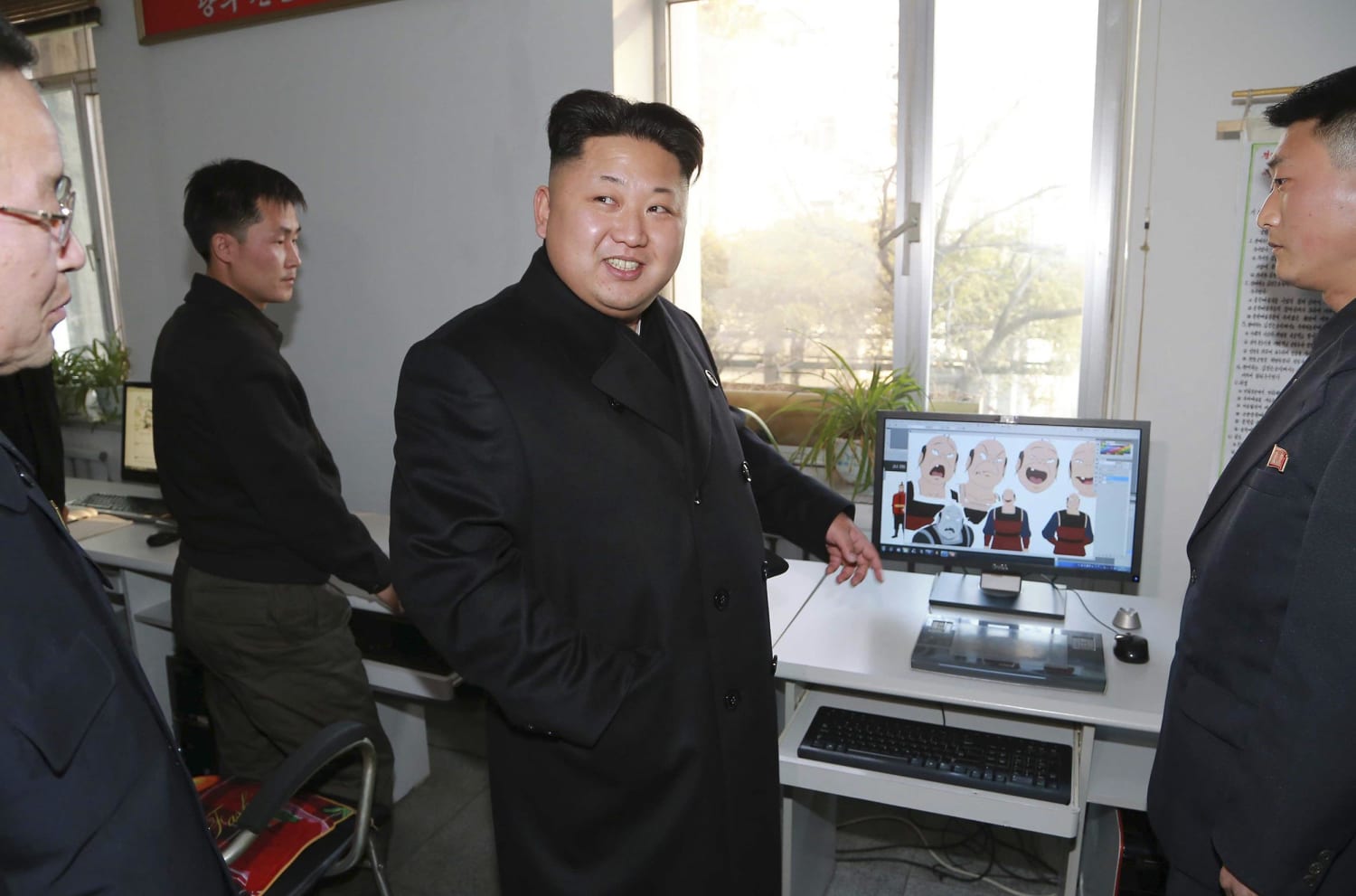...
 |
| That's it - the whole thing took place in a few minutes |
Bill Matix and Michael Platt were on a roll. They were old friends - Matix served in the Marines while Platt found a love for combat in Vietnam as an Army Ranger. It was the spring of 1986, and any aversion they might have had to killing and stealing was long behind them. Both of them had former wives who died violently and suspiciously, and they had made the choice to relocate to Homestead Florida to make a living robbing banks. Early on, they found that local residents would go out to nearby quaries, called "rock pits", to shoot guns for recreation. Matix and Platt found that they could find these ad hoc shooting ranges, kill the people using them, and take their weapons and vehicles. As early as October of 1985 they killed Emelio Briel shooting in such a rock pit, and took his weapons and vehicle. His car would become a common thread.
Still in October, the pair botched an armored car heist at a Winn-Dixie supermarket. They shot a courier in the leg with a shotgun, but had to retreat under heavy fire from the armored car crew, jumping in their car and escaping with no money. A few weeks later they pulled two bank robberies in the space of two hours, escaping the second in Briel's car. On January 10th they robbed a Brinks truck, with both of them shooting holes in the Brinks courier and escaping, once again, in Briel's car. This time, a citizen followed them and saw them change cars to a white Ford pickup. In March they were back at the rock pit, where they forced target shooter Jose Collazo to wade out into the pond and shot him four times, leaving him for dead. They took his weapons, including a folding stock Ruger Mini 14 in .223. Unfortunatly for them, Collazo didn't die. Instead he walked three miles for help. A week later they used Collazo's car to rob the Barnet Bank in Homestead. Time was running out.
Matix and Platt had become a target of the local FBI. Unsure of where they would strike next, the Miami FBI office put together a "rolling stakeout" crew, fourteen agents in eight cars trying to at least engage the pair after their next robbery. It defies all probability, but on the morning of April 11th, Special Agents Ben Grogan and Jerry Dove spotted the target vehicle and initiated a felony traffic stop. Now, every FBI agent expected a gunfight - at least two of them drew their weapons prematurely and lost them in the course of the collisions to come - and Platt and Matix were also prepared to fight. This was no Newhall - nobody expected this confrontation to end peacefully. There were 14 law enforcement agents and two criminals - what could possibly go wrong? Well, the fight would occur in a clausterphobically tight space, surrounded by cars smashed together in the traffic stop. The handguns and shotguns the FBI Agents carried were underpowered, leaving the the Agents outgunned. And the criminals were trained infantrymen with combat experience, and knew exactly what to do in a gunfight.
Agent Grogan saw the Black Monte Carlo and called in the stakeout team. He then attempted to run the suspects off the road. Agent Mierles saw Platt aim a rifle from the passenger side and he rammed the Monte Carlo from behind, spinning both the suspects and the agents out of control. They ended up wedged together - the suspect car against a parked car on the right Agent Richard Manauzzi's car on the left, with another FBI car, occupied by Agent's Grogan and Dove slammed in behind. The rest of the FBI stakeout team arrived and left their vehicles across the street, leaving them one beat behind in the initial exchange of fire. But this is how it begins - Matix and Platt wedged in with FBI Agent Manauzzi on one side and Grogan and Dove behind. Supervisory Special Agent Gordon McNeill stopped next to Manauzzi, with Hanlon and Mierles and Orrantia and Risner across the street.
You really have to think about this - you have three cars literally in contact, and the occupants of those cars struggling to open fire. You have ten armed professionals - you can't assume that Matix and Platt are anything but the professional equivalent of the FBI as gunfighters - sitting in cars ten feet apart trying desperately to kill each other and survive. If there is a better description of a gunfight, I can't tell you what it is.
The Gunfight - 4 Minutes of Blood and Fire
 |
| The whole fight, in a single image |
Michael Platt leaned across from the passenger side of the Monte Carlo and fired 13 rounds of .223 from the Mini-14 through the closed driver side window. These rounds would have been fired directly in front of Matix's face, and must have been painfully disorienting in an enclosed vehicle. Platt first fired on Manauzzi in the car beside them, then at McNeill as he approached in his car, and then at Mireles as he ran across the street towards the fight. One round hit McNeil in his gun hand, and another hit Mireles in the forearm, knocking him to the ground. Having laid down a vicious burst of suppressing fire, Platt leaned back to the passenger side. Matix then forced the driver side door open as far as he could with Manauzzi's car next to them and fired a single round of 12 guage #6 shot from the sitting position into the grille of Grogan's car. At the same time, Grogan returned fire with his Smith 9mm, hitting Matix in the forearm. Matix pulled back into the Monte Carlo. Agent McNeill was crouched next to Manauzzi's car, firing across the hood, when he was struck in the gun hand by one of Platt's rounds. He managed to continue to fire, emptying his revolver into the outlaw's car. Two of his rounds hit Matix in the head and neck, knocking him unconscious.
As Platt saw Matix take a round to the head and slump over, he knew he would have to get out of the Monte Carlo and try to get in one of the FBI cars. But since the car was slammed up against a parked Olds Cutlass, he had to climb out the passenger side window. With a rifle - even a short, folding stock rifle like the Mini-14, that was going to leave him exposed to a lot of incoming fire. As he began to climb out, Agent Dove opened fire with his Smith 9mm. One of his rounds passed through Platt's right biceps muscle, exited and entered his right lung. The autopsy revealed that this round killed Platt - the lung was collapsed and filled with almost one and half liters of blood - but it didn't stop him. After he got out of the Monte Carlo, Platt scrambled across the hood of the Cutlass. Dove continued to fire on him, hitting him in the thigh and again in the left foot. As he got on the ground in front of the Cutlass he took another round, a grazing hit from a .38 +p round from Orrantia's .357 revolver.
Kneeling behind the right front tire of the Cutlass, Platt drew his own .357 revolver and opened fire on Orrantia and Risner, who were firing on him from across the street. Then, when Platt turned to put fire on Grogan, Dove and Hanlon, one of Risner's rounds hit him in the right forearm, shattering the bone and causing him to drop his revolver. At nearly the same moment, another round hit Platt in the upper right arm. Somehow, despite all the damage, Platt was able to load a fresh magazine in the Mini-14, brace it against his shoulder with his uninjured left hand and work the trigger with his right, despite having been shot three times in the right arm. From cover behind the Cutlass, he fired three rounds. The first shattered the steering wheel of Orrantia's car, spraying him with shrapnel and debris. One of the next two hit McNeill in the neck, temporarily paralyzing him. Amazingly, McNeill has stated that he could see Platt smiling as he fired.
Due to Platt's training, he knew that he could not win a gunfight from cover, that he had to move, and he had to attack. He moved around behind the Cutlass and advanced on Grogan, Dove and Hanlon who were behind Grogan's car. In response, Dove moved around to the other (driver's) side of the car, but one of Platt's .223 rounds hit his Smith 459 pistol, damaging it so that it was inoperable. Grogan moved in behind Dove at the rear fender. Hanlon was reloading his .38 behind the passenger side rear fender when another of Platt's rounds hit him in the right hand, making it impossible to complete the reload. Hanlon fell back to the ground behind the car. From that position he could see Platt's feet as he walked up to the passenger side of the car. He heard Grogan yell "Oh my god!" as Platt killed him with a single round to the chest. As he moved around the rear of the car, Platt saw Hanlon and shot him - the round hit him in the groin. Hanlon rolled into a fetal position, expecting to be shot again, but Platt kept moving, turning and firing two rounds into Dove's head, killing him instantly. He then turned and fired on Orrantia and Risner. The crime scene report includes the detail that there was a great deal of Platt's blood on Grogan's car, both smears and arterial spurts. The fact that you can kill someone and they can kill you before they stop moving is the salient point of this entire exercise. Platt knew tactics, and he knew that to win you have to attack, close with and destroy your enemy. The fact that he maintained an advantage in firepower allowed him to offset his huge numerical disadvantage. But ultimately he should not have been able to continue to fight.
Platt came back around to the driver's side of Grogan's car and started to get in. Mireles opened fire with his Remington 12 Gauge shotgun, hitting Platt in both feet with 00 buckshot. While all this was going on, Matix had regained consciousness and climbed out the same window that Platt had, and now came out into the street to get in the passenger side of Grogan's car. At this point Platt could no longer operate the rifle. He took Matix's .357 revolver, took a few steps into the street and fired three shots at Mireles and McNeil. When he got back into the car, he was unable to use his right hand to turn the key - to whatever extent he was capable with his wounds, Matix was trying to help get the car started. Agent Mireles drew his .357, moved down the street until he was opposite Grogan's car, and advanced on the outlaws while firing. His first round hit the seat back. His second round hit the window post, with a fragment tearing Platt's scalp. Platt flopped down into the seat to get below the window level, with his head in Matix's lap. Mireles' next three rounds hit Matix in the face, killing him. Now Mireles' assault had brought him right up to the car. He extended his revolver through the window and shot Platt in the heart. In a moment of stunning silence, the fight was over.
Aftermath
 |
| Firepower Advantage |
250 agonizing seconds. 145 rounds fired. All inside of ten meters. Ten combatants - four dead, five wounded - only one man, Agent Risner, came out the fight unscathed. The important lesson that must occasionally be relearned at great cost is that handguns are not powerful weapons. They are portable, concealable weapons. But that comes with a major compromise. They are not effective in killing 200 pound mammals, whether they are deer or other men. There's an old line you'll hear from old gunfighters at old shooting ranges - the only purpose for a handgun is to fight your way to your rifle.
In the wake of the Miami shootout there were investigations, and they all led to the same conclusion. The .38s and 9mms the FBI was issuing their agents were insufficient to the task of ending a gunfight, and while they could be confident they could
kill an adversary, they had no reason to believe they could
stop that adversary from killing them. This became the practical consideration - how could a law enforcement officer best end a gunfight as quickly as possible, with the minimal rounds fired?
And the FBI made a fairly quick, and somewhat rash decision. In the late 80s, firearms designers had developed a new cartridge. The 10mm auto was designed to have the terminal ballistics of a .357 Magnum in the form factor of a modern automatic pistol. The FBI selected the Smith & Wesson 1076 10mm auto as their issue handgun, and immediately began running into problems. (As a side note, the big iconic silver pistol used by Sonny Crockett in the first two seasons of Miami Vice was a Bren Ten, an early iteration of a 10mm auto using non-standard bottleneck 10mm cases.) The problems were simply that as a round that performed like the .357 Magnum, the full power 10mm developed the same blast and recoil of a .357, and many of their women and smaller framed agents couldn't use the 1076 effectively. But during that period, FBI armorers had developed a training/practice round, a downloaded 10mm they called 10mm FBI. Everybody looked at each other in a moment of epiphany, and the FBI recalled their 10mm autos and issued what became known as the .40 S&W. A 155 grain hollow point at 1200 feet per second, it was just about as ferocious as an organization as broad and diverse as the FBI could hope to issue. The creeping problem is that the firearms companies built these .40 caliber handguns on their existing 9mm frames, something they couldn't do with the beefier 10mm chamberings. And those guns, gobbled up by law enforcement organizations all over the globe, are falling apart well before their anticipated end of life. Because you can build a 10mm auto on a 9mm frame, but you're going to have to anticipate accelerated wear cycles, and that means poorly timed failures.
The lessons of Miami resonate down to today, and will continue to drive law enforcement tactical doctrine for decades to come. Marksmanship is clearly not a problem - FBI Agents have demonstrated the ability to put fire on target even under extreme duress. But technology has to improve both guns and bullets, making deadly force effective in stopping a fight, rather than fueling a gunfight. Today, a combination of evolved tactics, more powerful weapons and ballistic body armor make the likelihood of a gunfight like Miami vanishingly unlikely. Criminals know they don't have a path to escape - if they are trapped in a fight they're going to lose, due to the overwhelming power of the opposition.
...
















